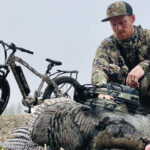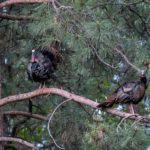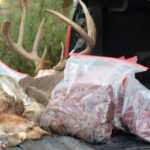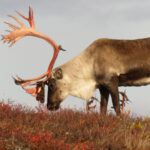LAST UPDATED: April 22nd, 2021
In the fall of 2013, as I crossed the White River Marathon finish line, jubilation replaced what would otherwise be extreme exhaustion. I did it. Finally, after years of rigorous training, I qualified for the strict time-gated Boston Marathon. I was proud, and for a good reason. The Boston Marathon is hallowed grounds for marathoners and qualifying cemented my name in an elite group. I bragged, posted, shared, and patted myself on the back something fierce.
In the Fall of 2014, as I sweated through a mid-week strength-training session, extreme frustration replaced what would otherwise be exhaustion. I missed it. After years of rigorous training and an intense marathon effort, I missed the Boston Marathon registration deadline. The application deadline had passed, unbeknownst to me. I cussed, swore, moaned, and kicked myself on the back something fierce.
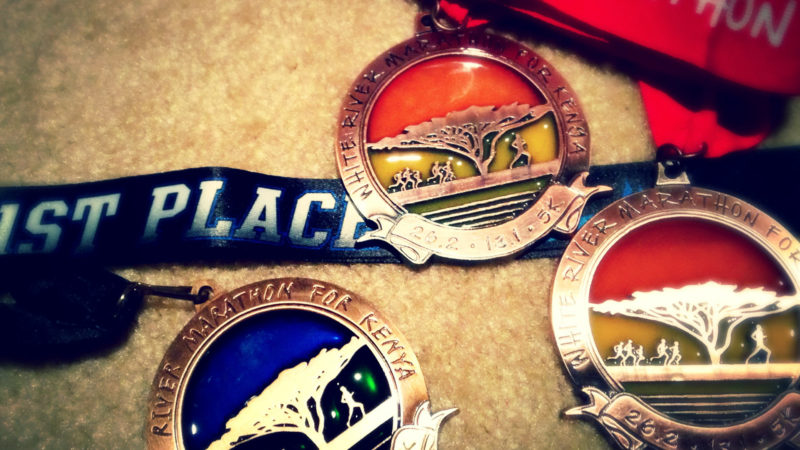
As painful as this experience was, I learned a valuable lesson. Schedules are hectic, and my puny brain needs help keeping track of it all. As a result, I develop calendars for every cherished interest in my life. I track family events, school activities, workout plans, and one that’s very near and dear to my heart, hunting.
Within my hunting calendar, I schedule both basic and advanced elements, from season-opening dates to rut phases. But there’s no reason to stop there. Permit application periods, draw dates, and scouting sessions all have a place. But before we list out what dates should fill the hunting calendar, let’s discuss how to create one.
How to Create a Hunting Calendar
First, identify the calendar you’ll leverage. It should be cloud-based with notification functionality built-in. The goal is pervasive calendar access, whether on your phone, tablet, or personal computer. Regardless of where you’re at, you’ll want to receive notifications as hunting-related events approach. Google Calendar, Microsoft Outlook Calendar, or Apple iCloud Calendar are excellent options, but anything similar will suffice. Click on the links above for instructions on how to create a calendar for your preferred service.
Now that you’ve created your hunting calendar, the next step is to fill it with critical hunting events. Below is a list of events you should consider logging on your quest to tag a giant next season.
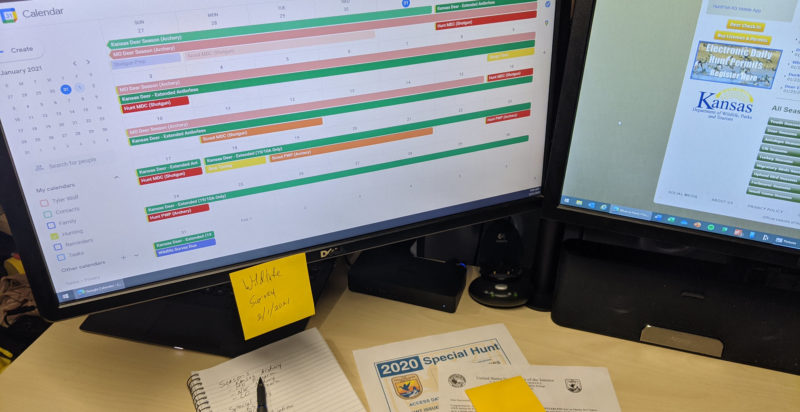
Season Dates
If I had to pick one category of dates for my calendar, it’s season dates. And, if you’re like me, you have a wealth of seasons on your mind. Unfortunately, unique season dates are in place for various weapons and demographics, each differing by geographic region.
Additionally, there are regular seasons, conservation orders, special hunts, extended seasons, and more. I’m just scratching the surface here, but you get the idea. It’s impossible to remember the dates for each season without help. Do your research now and log each season in your calendar.

Tag Procurement
After picking the seasons you plan to hunt and responsibly logging them in your newfangled hunting calendar, the next task is tag procurement. Each state or region adheres to various application, draw, and purchase deadlines. They might even throw in additional details, like primary and secondary draw deadlines.
All combined, it can be complicated and quickly forgotten. But, don’t fret, that’s why you’ve started a hunting calendar. After researching the game, region, and weapon of a hunt, record the necessary deadlines to acquire your tag. Now, when the next application period for Colorado Pronghorn opens, you’ll be early on the list of applicants.
Weapon Preparation
You don’t want to square off against that big buck with a twitchy trigger finger. Be sure to schedule the necessary weapon prep for each season. For example, before the archery season opener, log a reminder to have your bow tuned and ready to hunt.
Furthermore, if the season extends beyond a couple of weeks, like archery season typically does, ensure you include maintenance tuning sessions throughout the season. Echo this critical weapon preparation event for every weapon in your arsenal.
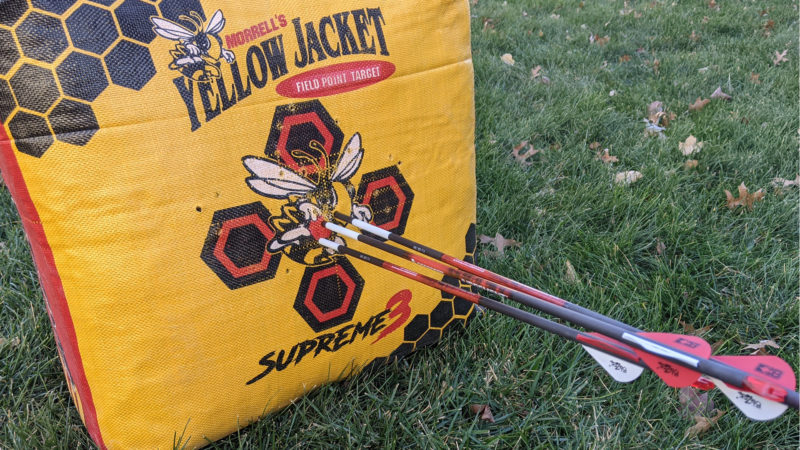
Scouting Sessions
We all know the importance of scouting, but how many of us take the time to pre-schedule scouting excursions? Similar to weapon preparation, work backward from your hunt date and schedule the necessary scouting session. The event should be specific to the hunt, referencing the when, where, and how.
For example, a mid-October archery hunt on public land demands a unique scouting approach, in which you analyze hunting pressure, shooting lanes, and stand access. A late-season firearm hunt on a lease requires a considerably different scouting approach. And, since scouting is so critical, the more sessions on your calendar, the better off you’ll be.
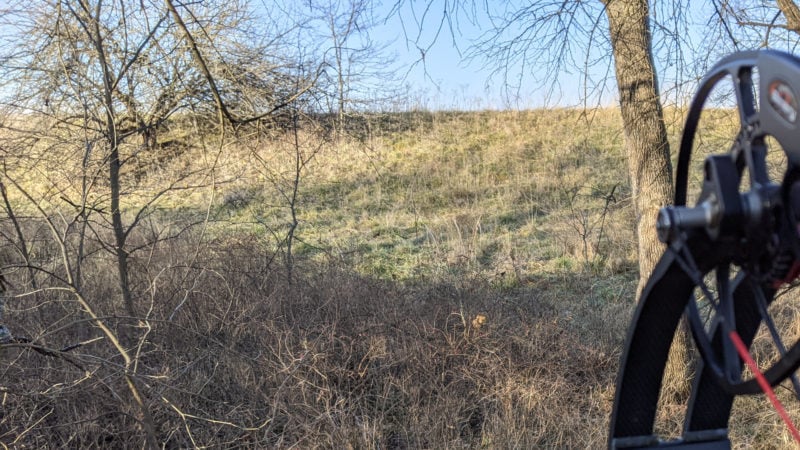
Environmental Factors
While scouting, take stock of the surrounding environment, and log any upcoming major events. This can include anything from crop harvest dates to nearby construction. If there’s a chance the environment will factor into your future hunt, log it in the calendar. If you don’t know the specifics, estimated date ranges will work. The goal is to keep abreast of happenings in the surrounding area so that you’re armed with the information you need for a high-quality hunt.
Rut Phases
Now we’re getting to the good stuff. The rut produces a fervor in the hunting community. Deer start exhibiting all kinds of hormone-fueled shenanigans, forgoing their steadfast inhibitions. That said, and I’m sad to admit it, but the rut used to sneak up on me. I’d be casually cruising through the season when a young buck would zip through my shooting lane, searching for hot does. Rutting activity had arrived, and I wasn’t mentally prepared. Not anymore.
I log date ranges for each of the rut phases, from pre-rut to the second rut. If the slightest bit of ruttiness is in the air, I get a helpful reminder before I venture into the woods. Of course, each phase of the rut results in distinct animal behavior; therefore, I don’t spare the details. Seeking, chasing, tending, and more are all essential details for my logged rut phases. Now, before I expect rut-inspired behavior, a calendar notification pops, reminding me to keep my eyes peeled for rutty bucks.
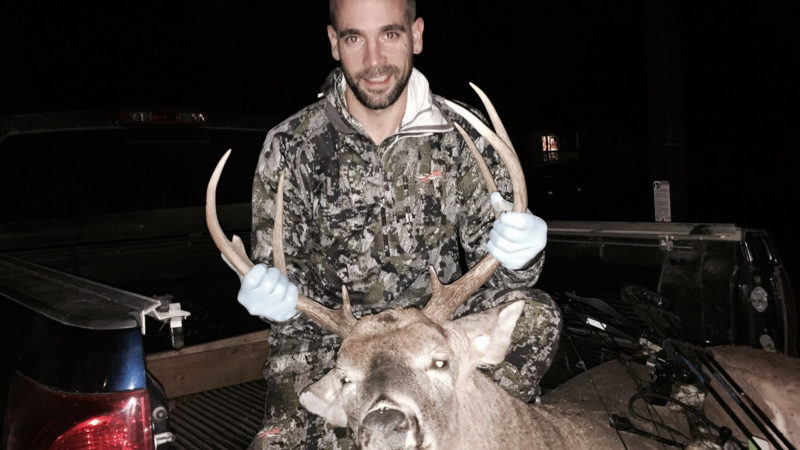
Full and New Moon
Many dates of importance are set years in advance, as they stem from the earth’s rotation around the sun. Full and new moon dates fall into this category. Science varies on the relevance of moon phases to deer hunting. Some swear it’s critical, while others say it amounts to squat. Regardless, knowing what luminescence to expect on your tree ascent can’t hurt.
Food Plot Schedules
Farming is a natural precursor to hunting, but the opposite is not always true. Additionally, a farmer won’t forget when they need to spray, plant, or fertilize their crops, whereas a hunter might need assistance. Plan out your food plot strategy and record it in your calendar, ensuring your food source reaches its full potential.
Daylight Saving Time
Daylight Saving Time ending is another event set years in advance, and it occurs right in the thick of deer season. If you’re in an area that follows Daylight Saving Time, log November 1st on your calendar and adjust your pre-hunt schedule accordingly.
Winter and Summer Solstice
As a bonus, log the solstice. The Summer and Winter Solstice each occur once a year, respectively, on the longest and shortest days of the year. Photoperiods play a considerable role in wildlife feeding, breeding, and migration patterns. If you log the solstice, along with observed wildlife activity, you have the start of a pattern dataset.
Conclusion
A hunting calendar is an essential tool for every hunter. The above list of critical hunting dates isn’t exhaustive, but it’s a great start. Whether you’re tracking the basics or venturing into more advanced elements, a hunting calendar will ensure you’re armed with the information you need for a great hunting year.
What are some other dates you would consider logging in your hunting calendar? Comment below, and let us know how you stay organized through the hunting seasons.

 By
By 